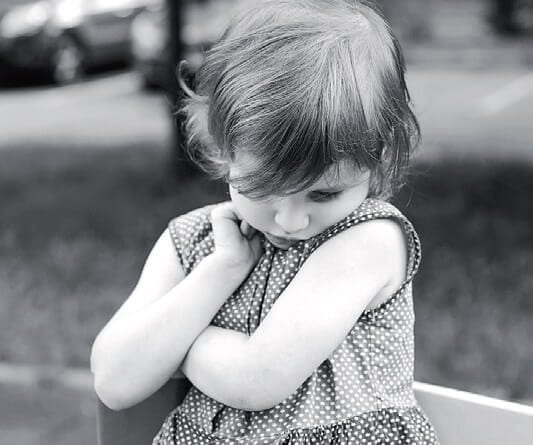Tags: Mental health. Child. Childrens. Emotions.
“The way we talk to our children becomes their inner voice”
– Unknown
Read part 1 – Developing emotional intelligence in children
Following on from Issue #84 of The Bribie Islander this second part of the article on developing emotional intelligence in children deals with teaching skills and learning about important facts to help your child.
Teach problem-solving
Emotions are messages, not mud for wallowing. Teach your child to breathe through them, feel them, tolerate them without needing to act on them, and, once they aren’t in the grip of strong emotion, to problem-solve and act if necessary. Most of the time, once children (and adults) feel their emotions are understood and accepted, the feelings lose their charge and begin to dissipate.
This leaves an opening for problem-solving. Sometimes, children can do this themselves. Sometimes, they need your help to brainstorm. But resist the urge to rush in and handle the problem for them unless they ask you to; that gives him the message that you don’t have confidence in his ability to handle it himself.
Teach Healthy Coping Skills
Once kids understand their emotions, they need to learn how to deal with those emotions in a healthy way. Knowing how to calm themselves down, cheer themselves up, or face their fears can be complicated for little ones.
Teach specific skills
For example, your child may benefit from learning how to take a few deep breaths when they are angry to calm their body down. Below are some strategies that may be helpful.
• teach them to take “bubble breaths” where they breathe in through her nose and blows out through her mouth as if they are blowing through a bubble wand.
• breath in the colours of the rainbow, in through the nose comes the happy and beautiful colours of the rainbow – purple – pink -blue – yellow.
• teach your child how to practice mindfulness, meditation.
• colouring book,
• a favourite joke book,
• soothing music, and lotions that smell good are a few items that can help engage her senses and calm her emotions. Physical activities like running, skipping, trampoline play – basically anything that requires energy because;
E-motions = energy in motion
You and the child could put some of the items in a special box that they decorate. For older children – a resource folder that has strategies for self-soothing that they can access when required.
Important Facts
Feeling understood triggers soothing biochemicals; that neural pathway that is strengthened each time we feel soothed. This is what a child will use to soothe themselves as they get older.
Children develop empathy by experiencing it from others.
You’re helping your child reflect on their experience and what triggers their feelings. Remember for little ones, just knowing there’s a name for their feeling is an early tool in learning to manage the emotions that flood them.
Your understanding helps your child;
• accept their own emotions, which is what allows us to resolve our feelings and move on.
• teaches your child that her emotional life is not dangerous, is not shameful, and in fact, is universal and manageable.
• that they are not alone.
• that even the less pleasant parts of them self is acceptable, which means that the child is totally ok, just the way they are.
The nature of healthy human emotions is to move through us, swamp us, and then pass away. When we try to repress them, emotions get stuck inside us and cause us trouble. The emotions need the opportunity for healthy expression. Children are terrified of their strong emotions overwhelming them, so they try to fend them off until they feel safe enough to experience them.
Because emotions are stored in the body, tantrums are nature’s way to help young children vent. Our role as parents is to help our children feel safe enough to feel and express their emotions. Parenting is about helping children to heal their psyches and bodies; we must help them trust their own emotional process so that they can handle their own emotions as they get older, without tantrums or repression.
Ultimately we must remember…
“Parenting is not giving your child everything they want. Parenting is not being your child’s friend. Parenting is about preparing your child to be a useful and respectful person in society”.
– Unknown.


